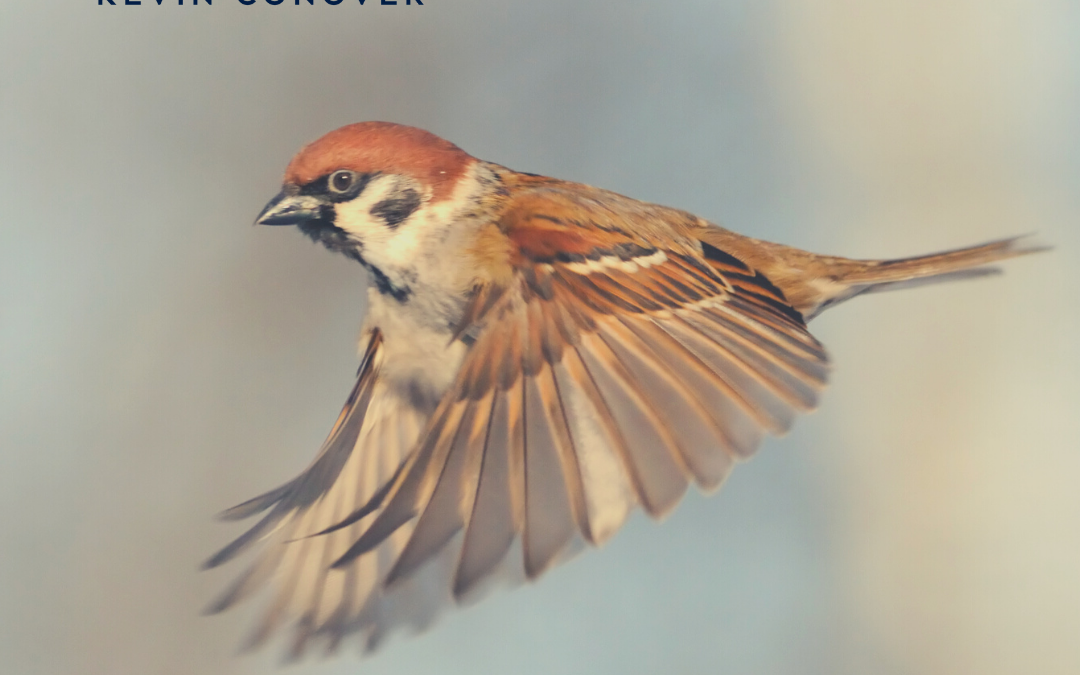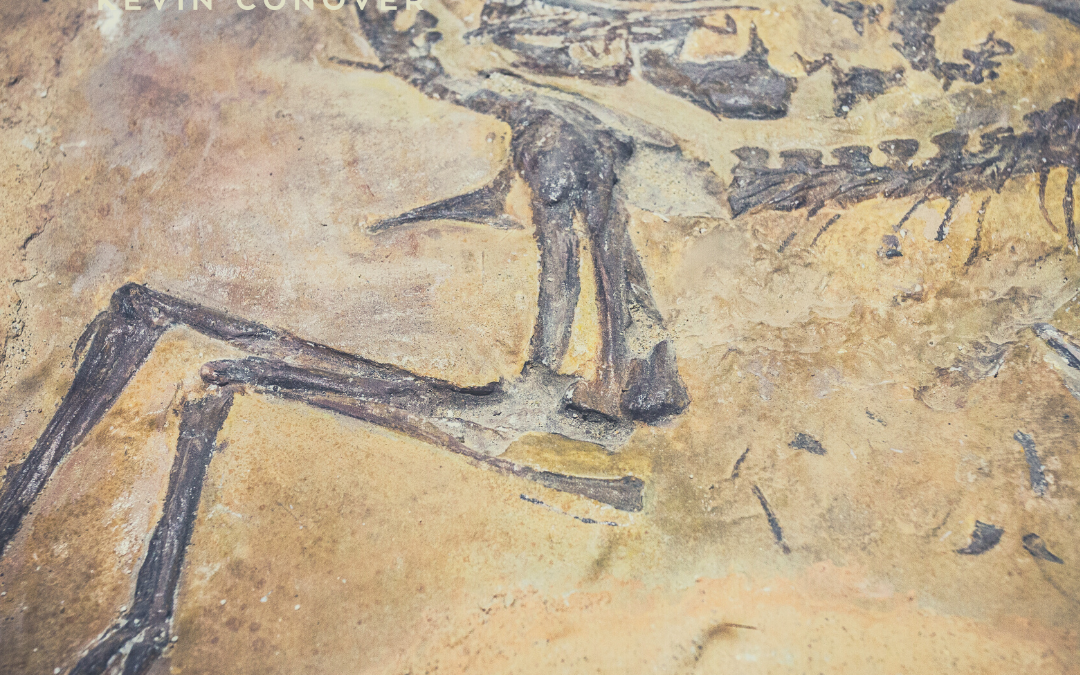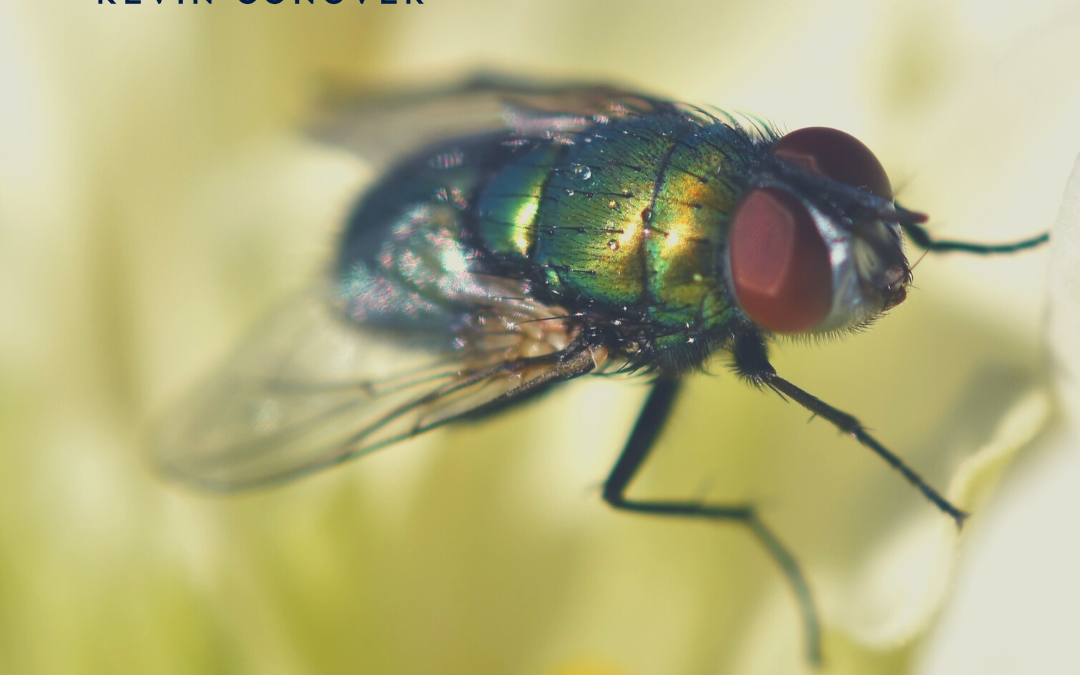
by Jayson P. | Oct 8, 2021 | Blog
What makes birds unique for flight? Sparrows make flight look easy. As a sparrow darts among forest trees, it never touches the branches or leaves. That’s because its feathers are continually adjusting to the surroundings. Side winds are no problem; the feathers are...

by Jayson P. | Oct 6, 2021 | Blog
Did you know humans have always buried their dead? Even Neanderthal and Cro-Magnon Man (people alive shortly after the flood of Noah who found shelter within caves) buried their dead along with valuable tools and artifacts. This tells us two important things about...

by Jayson P. | Oct 4, 2021 | Blog
Did you know we can learn a lot from the positioning of dinosaur bones? It is common to find dinosaurs in the classic “dead dino posture“ with the head and neck arched back, tail extended and hind limbs bent. Many dinosaur skeletons have been found in this posture,...

by Jayson P. | Oct 1, 2021 | Blog
Have you considered the purpose of sweat? You’ve probably heard it cools the body, but did you know that scientists have discovered that sweating is beneficial in other ways? Sweat provides food for certain types of bacteria and fungi which live on our skin. Our skin...

by Jayson P. | Sep 29, 2021 | Blog
What insect is designed for defensive flight? A brightly colored butterfly would seem to be an easy lunch for birds because it flies so slowly. Its wings are not streamlined aerofoil wings like those of birds. Yet, researchers were amazed at the variety of flapping...

by Jayson P. | Sep 27, 2021 | Blog
What can we learn from an insect’s ability to hear? The common fly may have a hearing ability capable of revolutionizing hearing aids for humans. Human hearing is possible because of our ability to sense tiny differences in air pressure waves (sound) entering...







